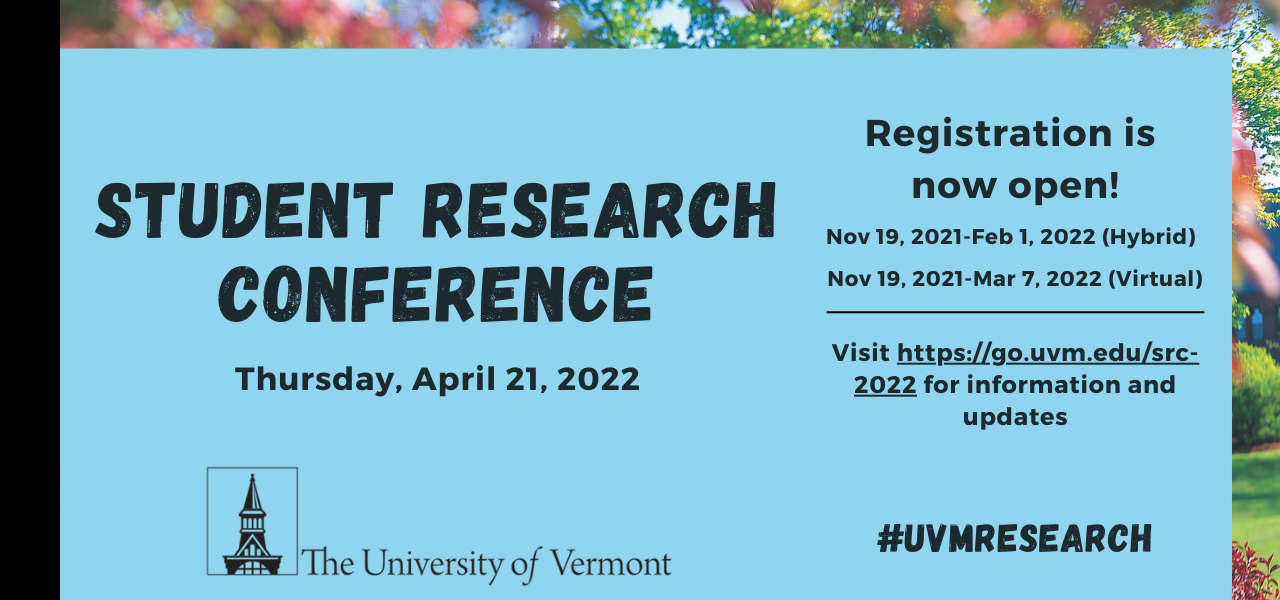Northeast Cider Apple Cultivar Examination: Analyzing Known and Feral Varieties to Supplement the Burgeoning Vermont Cider Market
Conference Year
January 2022
Abstract
The Vermont orchard industry currently faces challenges in how to meet rising demand from cider makers for apple cultivars suited to cider production. To date, there is little to no suitable information for prospective or current orchardists addressing the important decision of which cultivar to establish in new plantings. Additionally, current research projects are lacking in diverse fruit options to fill this void and build upon the current knowledge bases. The proposed research seeks to fill these gaps through interviewing growers, who likely already have experience and knowledge of great value on the subject. Specifically, information on management styles, cold hardiness, disease susceptibility, and biennial bearing habits that plague many of the known varieties. Additionally, juice analysis conducted in the UVM laboratory will further refine potential candidates and identify favorable juice characteristics; specifically, for titratable acid and tannin levels much sought after by cider makers. The conclusion of this investigation will yield a much-needed reference to satisfy these concerns and inform follow-on research.
Primary Faculty Mentor Name
Terence Bradshaw
Status
Undergraduate
Student College
College of Agriculture and Life Sciences
Program/Major
Food Systems
Primary Research Category
Food & Environment Studies
Northeast Cider Apple Cultivar Examination: Analyzing Known and Feral Varieties to Supplement the Burgeoning Vermont Cider Market
The Vermont orchard industry currently faces challenges in how to meet rising demand from cider makers for apple cultivars suited to cider production. To date, there is little to no suitable information for prospective or current orchardists addressing the important decision of which cultivar to establish in new plantings. Additionally, current research projects are lacking in diverse fruit options to fill this void and build upon the current knowledge bases. The proposed research seeks to fill these gaps through interviewing growers, who likely already have experience and knowledge of great value on the subject. Specifically, information on management styles, cold hardiness, disease susceptibility, and biennial bearing habits that plague many of the known varieties. Additionally, juice analysis conducted in the UVM laboratory will further refine potential candidates and identify favorable juice characteristics; specifically, for titratable acid and tannin levels much sought after by cider makers. The conclusion of this investigation will yield a much-needed reference to satisfy these concerns and inform follow-on research.


